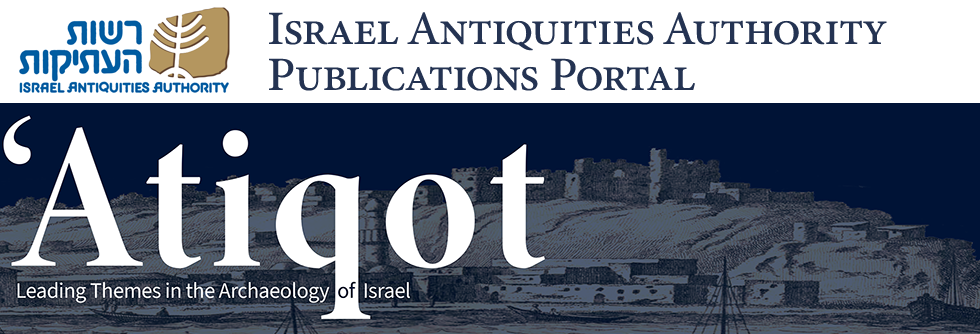Abstract
The rural site of Naḥal Rimmonim yielded 421 identifiable animal bones that originated in well-stratified loci from five strata dating to the Intermediate and Middle Bronze Ages. The site’s economy seems to have been independent, or production-based, with residents providing most of their own needs while also trading with other groups. The economy was based on animal husbandry, with some hunting, mostly of gazelles, alongside the production of secondary products, such as milk, wool and labor, with a preference for wool. Pigs were the most common species in all domestic levels, including a unique pig burial. The faunal assemblage from an MB III tomb offers a glimpse into the ritual practices connected to the deceased and their burial. The study of the faunal remains from a Middle Bronze Age II village offers a glimpse into the cultural and ethnic affiliation of the rural hinterland.
Keywords
Intermediate Bronze Age, Middle Bronze Age, fauna, economy, herd management, consumption, secondary products, funerary offerings, pig husbandry
Recommended Citation
Turgeman-Yaffe, Zohar
(2025)
"The Faunal Assemblage from Nahal Rimmonim, an Intermediate and Middle Bronze Age Site in the Jezreel Valley,"
'Atiqot: Vol. 118, Article 13.
DOI: https://doi.org/10.70967/2948-040X.2325
Available at:
https://publications.iaa.org.il/atiqot/vol118/iss1/13
Included in
Agriculture Commons, Biblical Studies Commons, History of Art, Architecture, and Archaeology Commons

